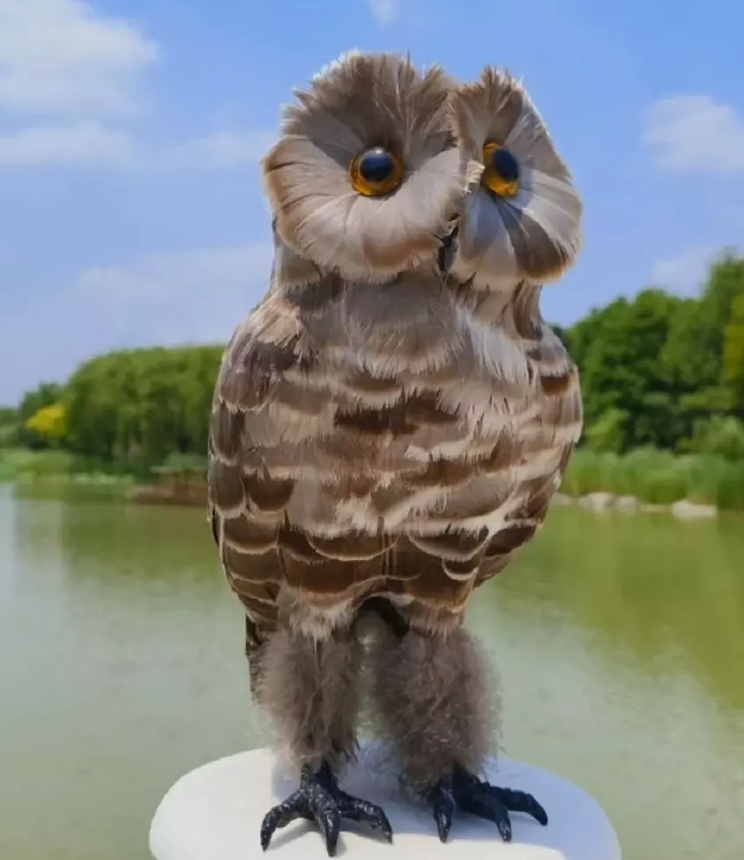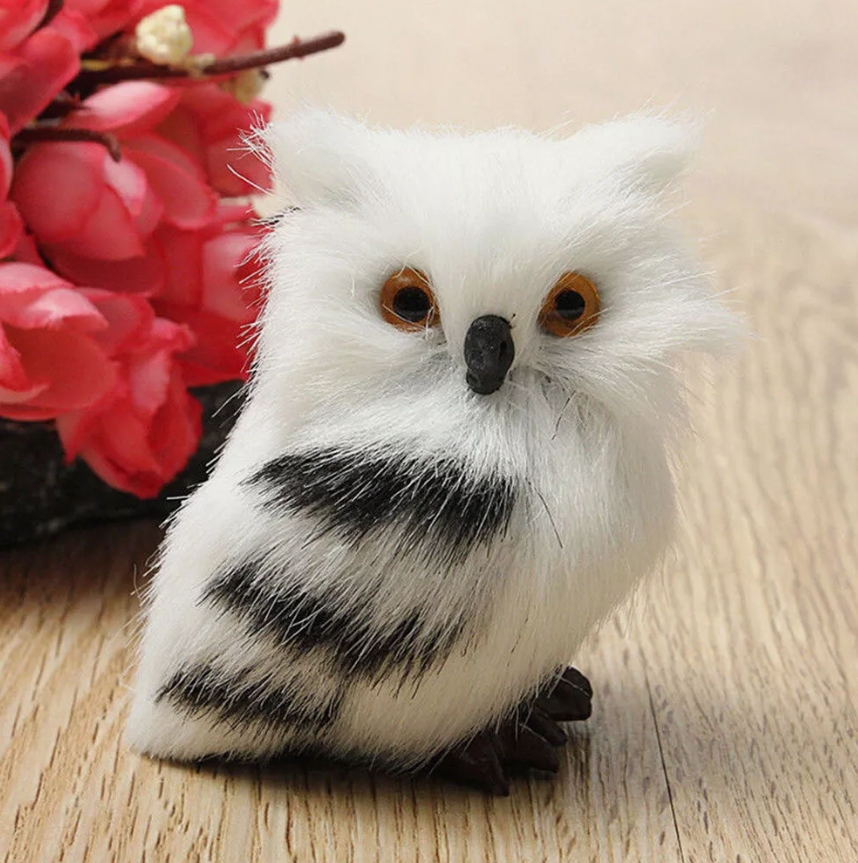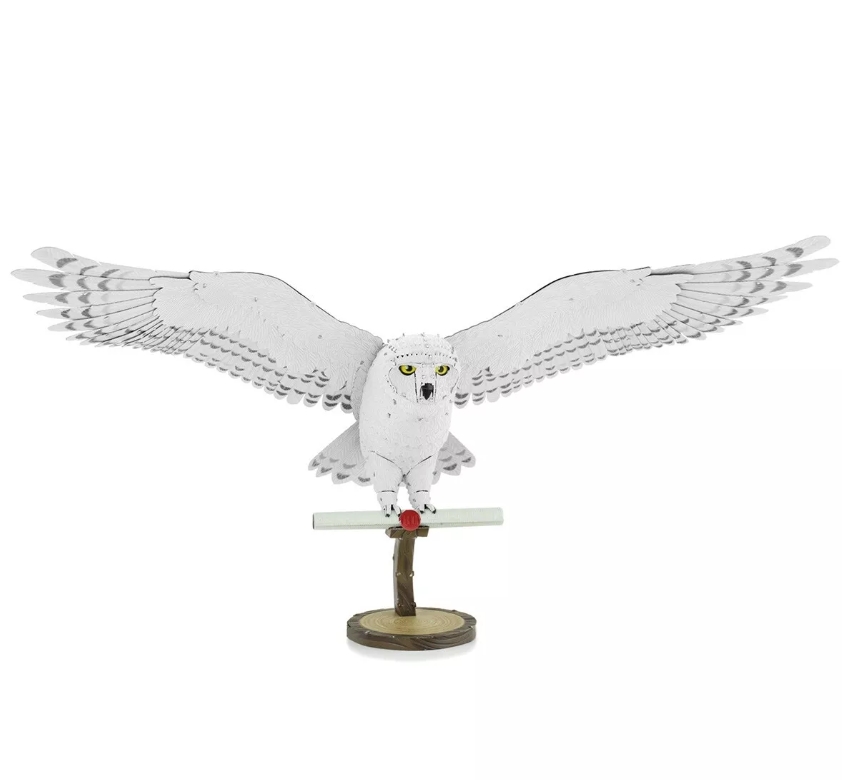Owl model is a kind of psychology and management theory widely used in many fields. Its core idea comes from the observation and understanding of the characteristics of owl. The owl is known for its keen observation and ability to move around at night, an adaptation that allows it to survive in complex environments and catch prey. The introduction of this property into models has become an important thinking tool for analyzing and solving problems.
In the decision-making process, the owl model emphasizes the importance of insight. Unlike traditional linear thinking, the Owl model encourages individuals to look at problems from multiple dimensions and find key points in a sea of information. This approach can help decision makers identify potential risks and opportunities and develop more comprehensive and flexible strategies.
Another important feature of the owl model is that it encourages reflection and self-adjustment. Just as owls adjust their hunting strategies in different environments, decision makers need to constantly optimize their plans based on feedback. This self-adjusting mechanism helps the organization adapt to the changing market environment and improve its competitiveness.
In addition, the owl model emphasizes diversity in teamwork. In order to effectively solve complex problems, team members need to fully exchange their insights and experiences. By brainstorming, teams are able to analyze problems more comprehensively, resulting in more innovative solutions. This collaborative approach not only enhances the creativity of the team, but also enhances its problem-solving ability.
In general, the owl model is not only a decision-making tool,but also a way of thinking. It advocates looking at problems from multiple perspectives and finding simple solutions in the midst of complexity. By improving observation, encouraging reflection and promoting teamwork.




